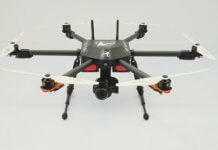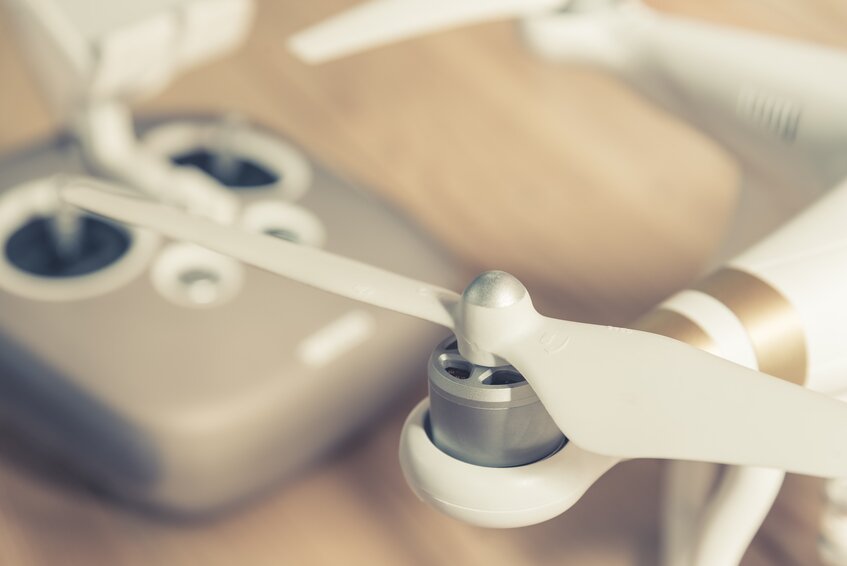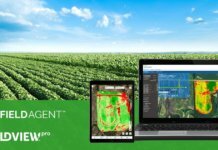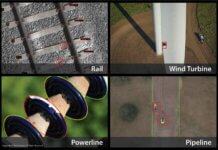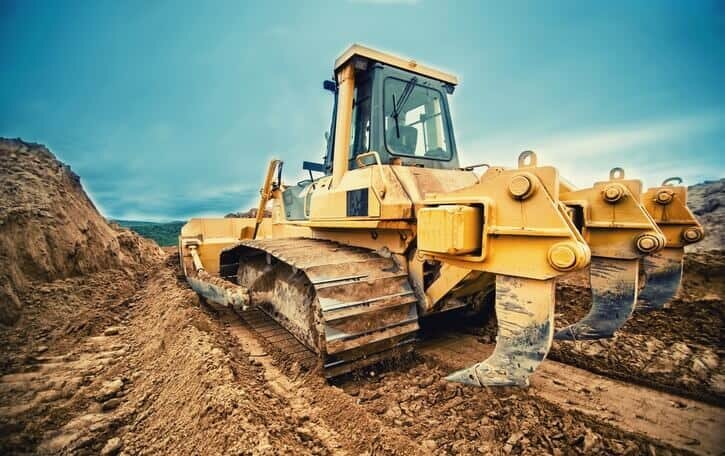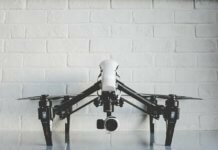Bihrle Applied Research and BNSF Railway have successfully demonstrated “truly automated” detection, classification and reporting of infrastructure conditions of railways by using unmanned aircraft systems (UAS) beyond the visual line of sight (BVLOS) of the operator.
The partners used RailVision – a computer vision technology solution developed by Bihrle and BNSF in support of BNSF’s drone research initiatives – to process tens of thousands of images at a time covering hundreds of miles of track.
RailVision enables BNSF to automatically process images collected by drones during supplemental railway inspection flights and generates actionable reports in a fraction of the time required by traditional methods, according to the partners.
“Bihrle’s computer vision capabilities have been used in conjunction with our railway safety enhancement research and the FAA’s Pathfinder Program,” says Todd Graetz, director of technology services at BNSF. “The breadth of railway anomaly-detection capabilities provided by Bihrle allows us to further research into the use of long-range UAS.”
The success of RailVision will enable BNSF to apply the technology’s use to expanded operations beginning this year.
“Commercial UAS offers a unique visual perspective for monitoring and inspection of critical infrastructure like railroads, power lines and pipelines,” adds Jack Ralston, president of Bihrle. “UAS are typically flown with one or more imaging capabilities that result in terabytes of images and their associated metadata. Bihrle has been working with BNSF for over four years to create an automated computer vision solution that processes the images, allowing human subject-matter experts to review the actual findings, rather than being burdened with the task of looking at raw image files – thereby fully exploiting the value of UAS-based inspection.”


